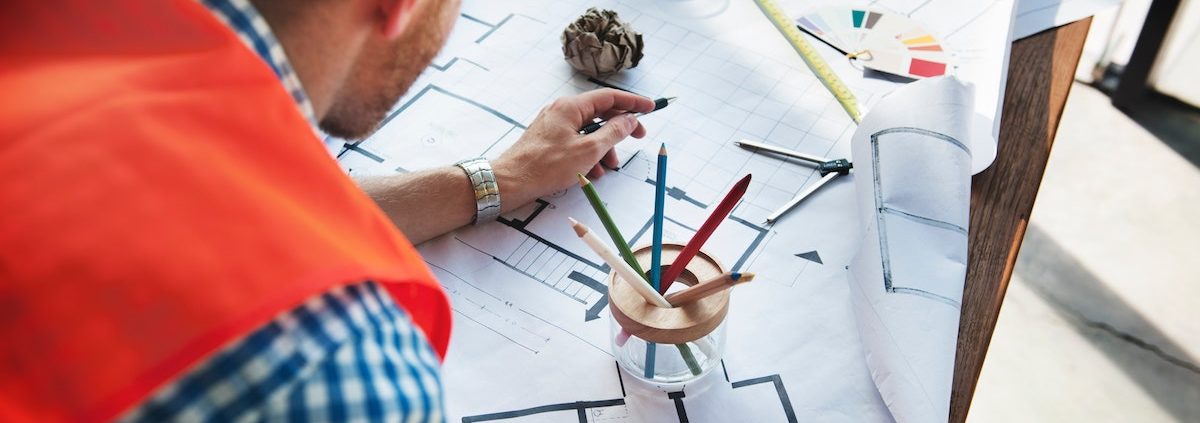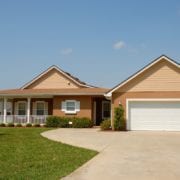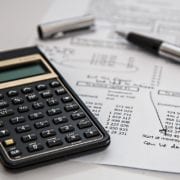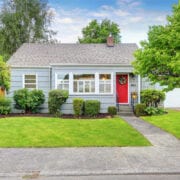How Depreciating or Writing Off Older Equipment and Building Assets Works?
A major mistake that many investment property owners often make, is that they presume a few things about their property. One of those presumptions is they think their property was built years ago, so there will be no depreciation tax benefit. As per law, the capital works component of the property is eligible for the claim on properties where construction began post-September 15, 1987. Two vital elements come under consideration while calculating depreciation that may include capital works deduction and plant and equipment.
Given below are some crucial aspects that you should not overlook when it comes to depreciation:
1) Capital Works Deduction:
This refers to the structure of the building or any fixed items. It will include some items that will be categorised as capital works while computing depreciation deductions. These items are kitchen cabinets, windows, doors, walls, bathtubs, external decking, etc. And, you may calculate depreciation for structural items at a 2.5 percent rate per year for 40 years. It may start from the construction start date and as long as it started after September 15, 1987. Meanwhile, properties built before 1987 often underwent a few renovations. Older property owners will discover that they are still eligible for capital works deduction for renovation concluded within the enacted date. It does not matter if they were concluded by a previous property owner. Therefore, it is necessary to calculate rental home returns.
2) Plant and Equipment Assets:
These may include those items that can be removed in a convenient manner from the property. It may include smoke alarms, carpet, door closers, ovens, AC, light fittings, shower curtains, etc. A whopping 1500 items have been recognised as depreciable plant and equipment by ATO. The age of these items remains insignificant while calculating depreciation deductions available for a property owner. Every item has been allocated an individual effective life and rate of depreciation through which deductions shall be calculated. It is vital to obtain a tax depreciation schedule for rental property.
3) Old vs New Depreciation:
Let us comprehend the difference that a depreciation claim may make for owners of new, old and just built investment properties. Let’s suppose all properties bought at $4,60,000. The depreciation for properties of similar price and age may differ. It will depend on the size of the property, the number of plant and equipment assets in the property. Further deductions shall be applicable if there is some additional works or renovations carried out. The owner of a just constructed unit or home will get higher deductions than the owner of the old residential unit built after 1980. In the first financial year, the owner of the old residential house is eligible to claim $3,298 in depreciation. Meanwhile, the owner of the old residential unit may claim $3,846. After 5 years period, the owners of these properties shall get $12,357 and $13,576. These have emerged as substantial deductions that the owner of an old property must not overlook.
Conclusion:
The above points will help in depreciating older equipment or building assets. You must remember that if you destroy your current kitchen for upgrading to a new one, you may claim the existing items. You can seek the help of a quantity surveyor who may help you carry it out with a property depreciation schedule. For instance, rather than depreciating the old kitchen estimated at $4000 in the next 4 years, you are eligible to claim $4000 right away. They can also help you obtain the latest depreciation schedule for a new kitchen that can be claimed for 40 years.












